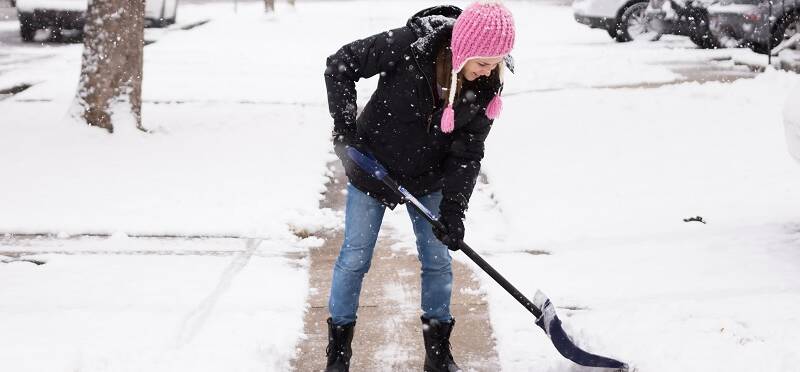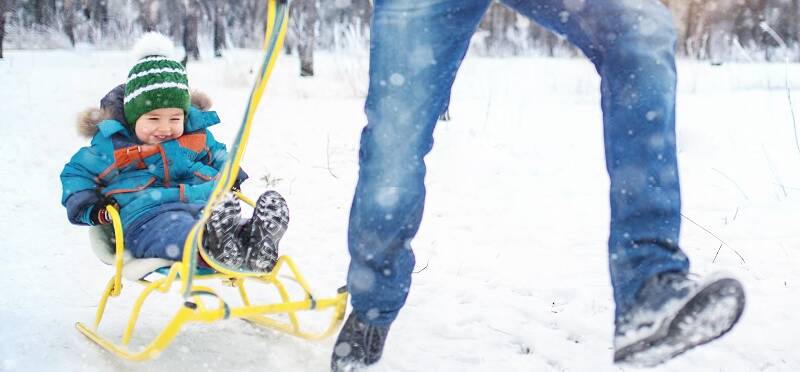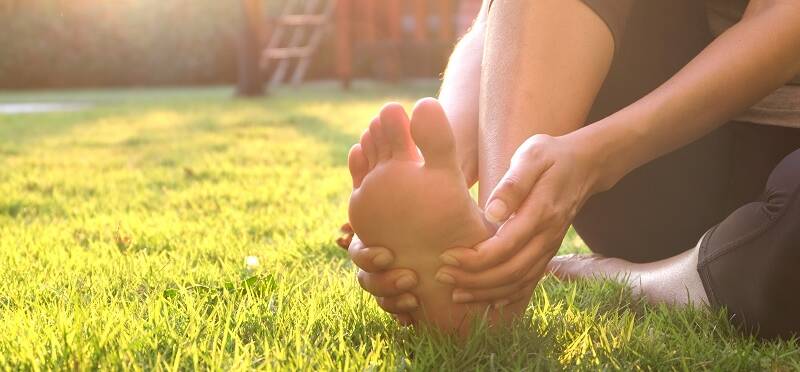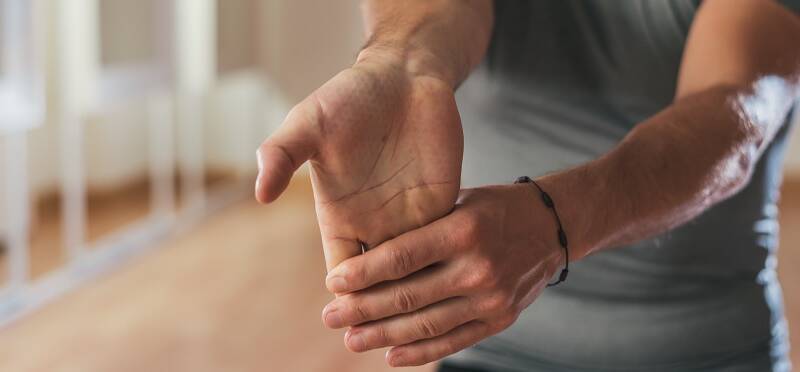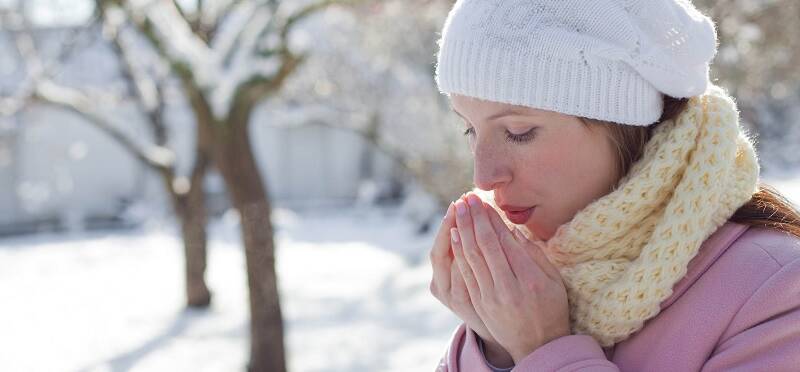6 Tips to Remain Healthy During a Modified Gymnastics Season
Posted on February 22, 2021 by Athletico
The ongoing pandemic has changed many of our everyday lives – including those of athletes, many of which had to...
(more…)





